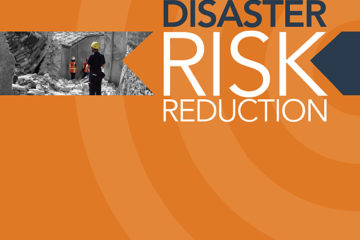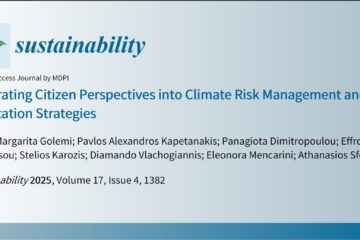New Publication: Improving evacuation policies through agent-based modeling and stakeholder engagement in hazard-prone areas
Published by Dimitra Panou on

New Publication: A Framework for Constructing Agent-based Models for Evaluating Emergency Evacuation Procedures; A Case Study applied to Egaleo, Greece
Authors: H. Morandi, S. Rodriguez, R. Iskandar, J. Dugdale, D. Singh, A. Sfetsos, D. Tzempelikos
We are excited to announce a new paper from C2IMPRESS team, titled “A Comprehensive Framework for Evaluating Community Evacuation Plans and Procedures Using Micro-Simulations”, authored by H. Morandi, S. Rodriguez, R. Iskandar, J. Dugdale, D. Singh, A. Sfetsos, and D. Tzempelikos. This paper was presented at the 58th Hawaii International Conference on System Sciences (HICSS 2025) and offers a groundbreaking approach to enhancing emergency response strategies.
The study introduces a comprehensive framework to assist emergency management decision-makers in evaluating and improving community evacuation plans. By integrating micro-simulations that model known human behaviors during emergencies, the framework enables systematic exploration of interconnections among critical dimensions such as:
- Infrastructure readiness
- Population demographics
- Evacuation policies
- Hazard models
- Human behavior models
The paper emphasizes the use of “what-if” scenarios to test the robustness of evacuation strategies, ensuring better preparedness in dynamic and high-stakes environments. A case study conducted in Egaleo, Greece, a seismic-prone region, as part of the European HORIZON project C2IMPRESS, demonstrates the framework’s applicability and effectiveness in real-world scenarios.
This research is a significant step forward in disaster resilience, combining advanced modeling techniques with practical policy insights to aid local governments and emergency planners.
You can read the full paper here: https://scholarspace.manoa.hawaii.edu/items/89e77d93-bcf5-4d4c-a658-73468b61b42f



0 Comments